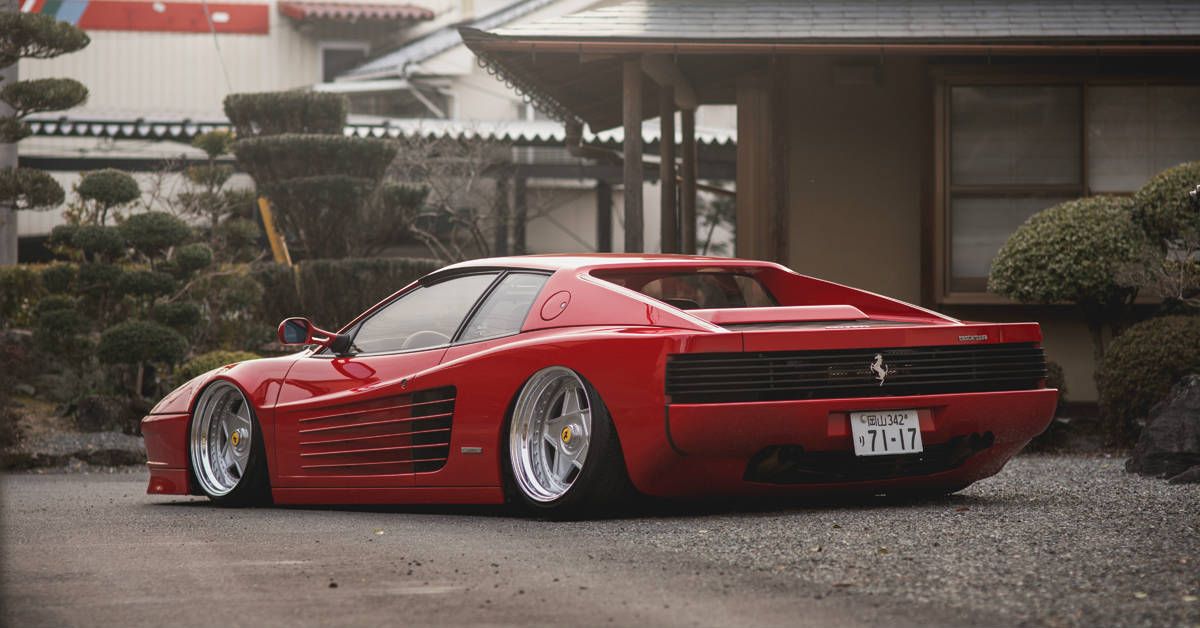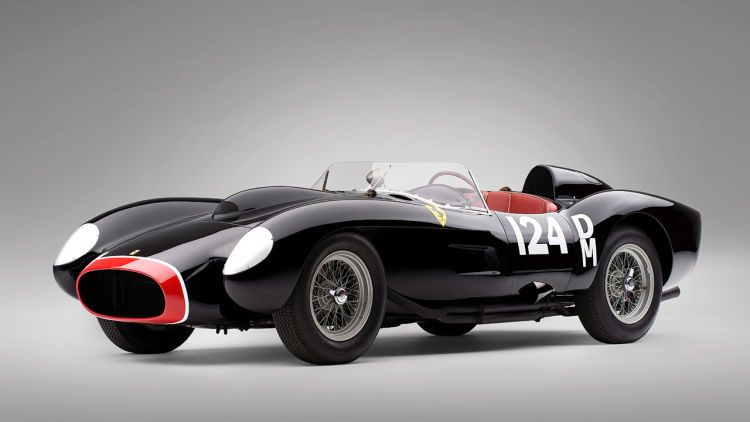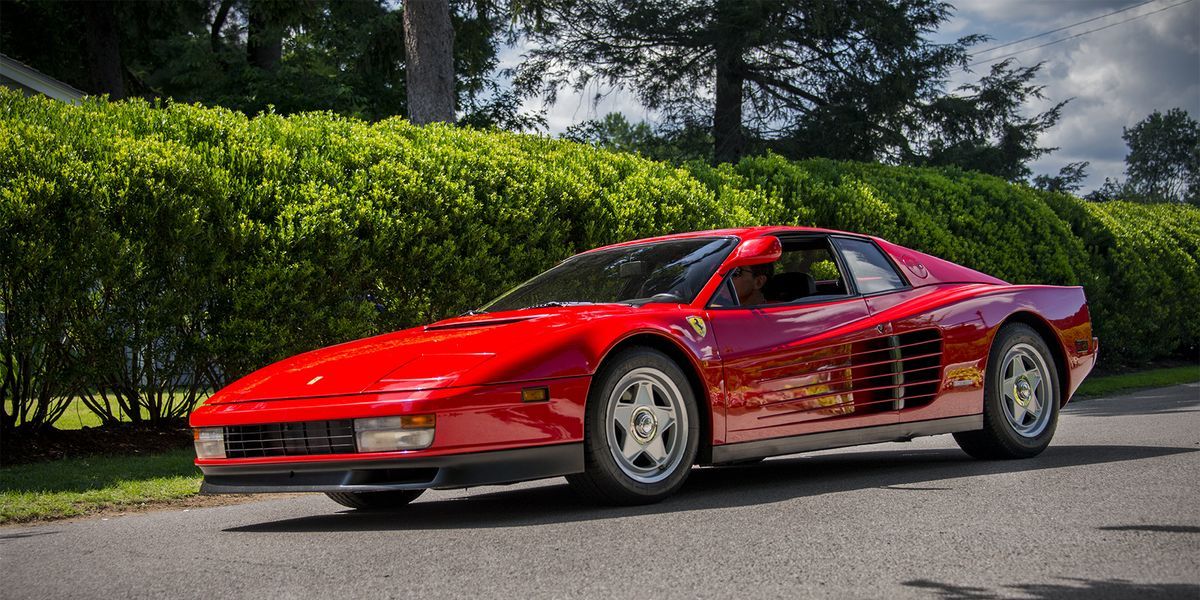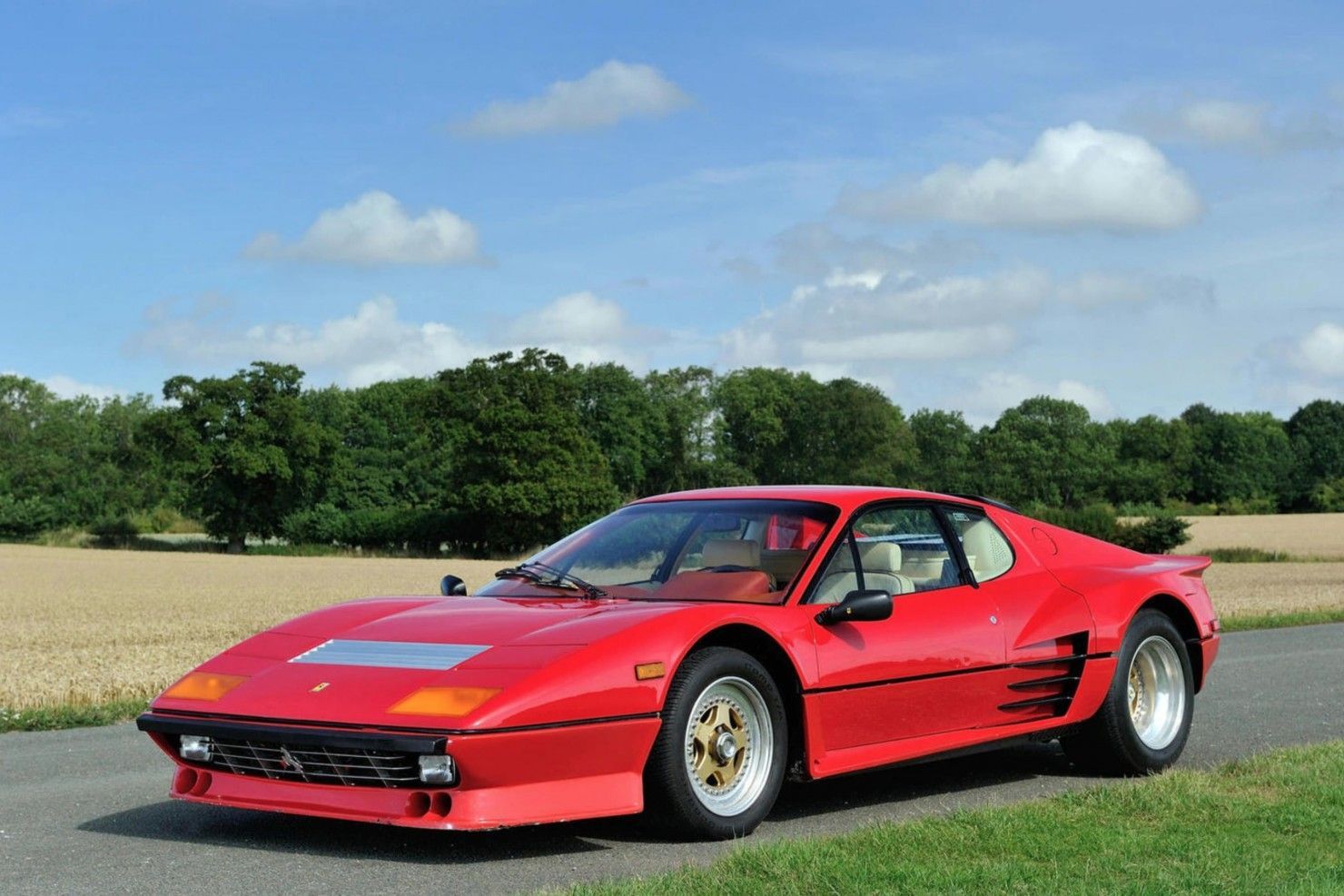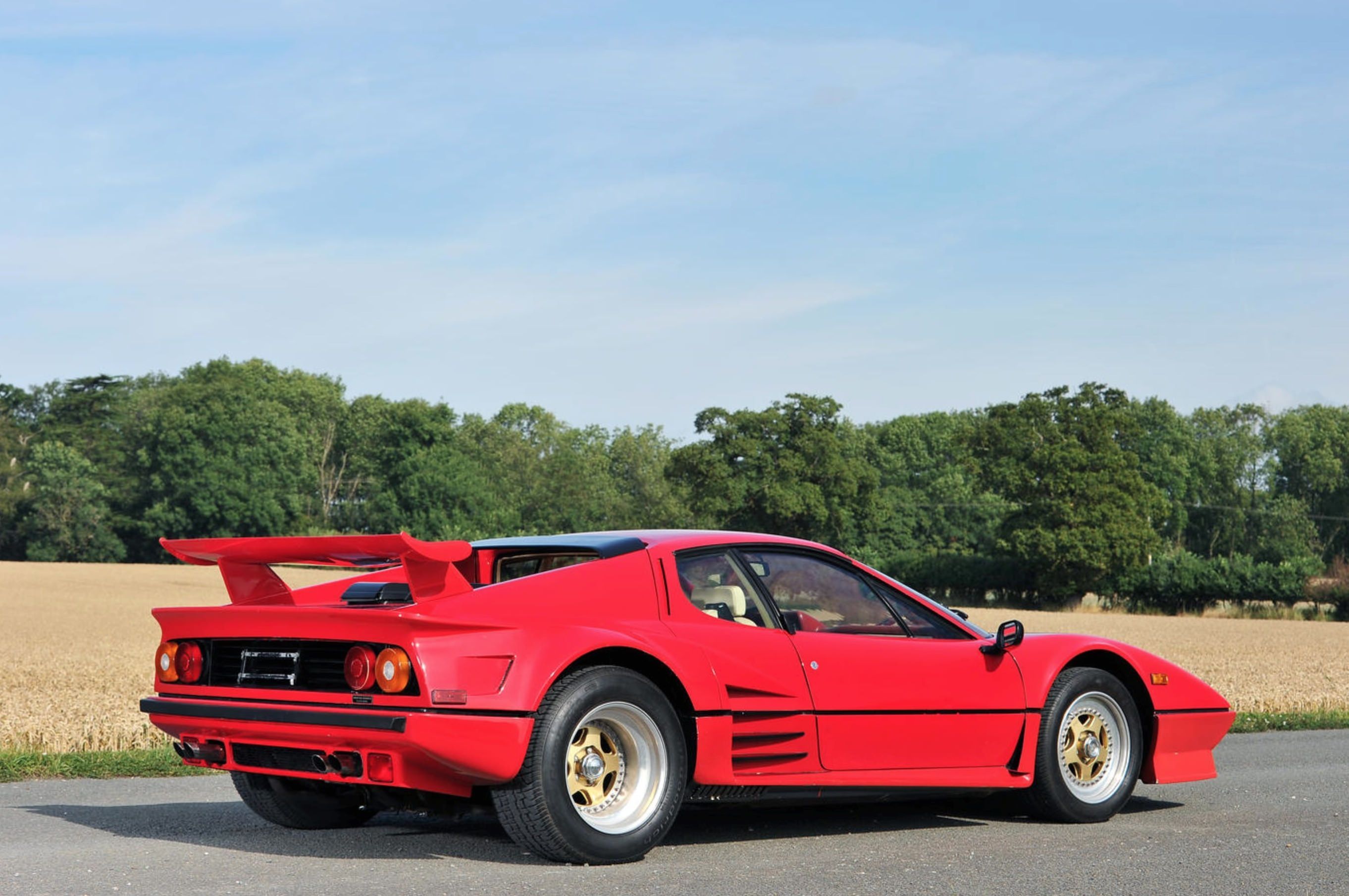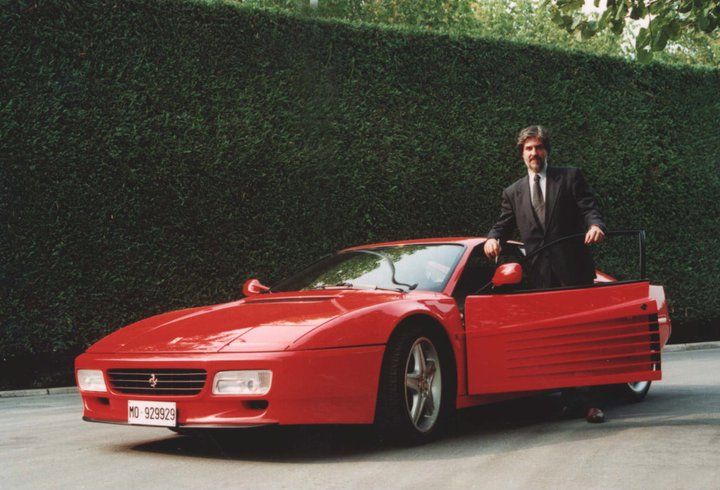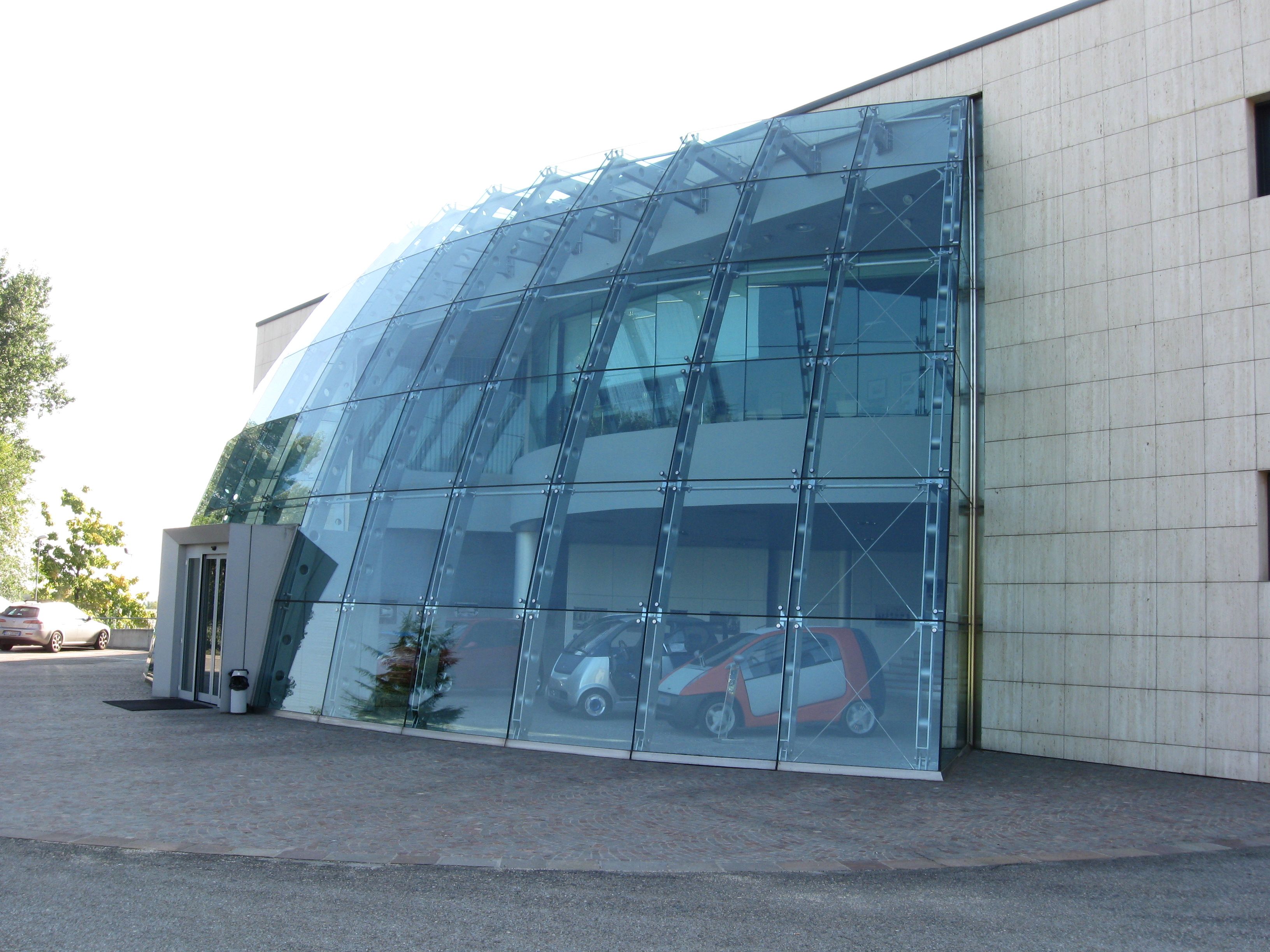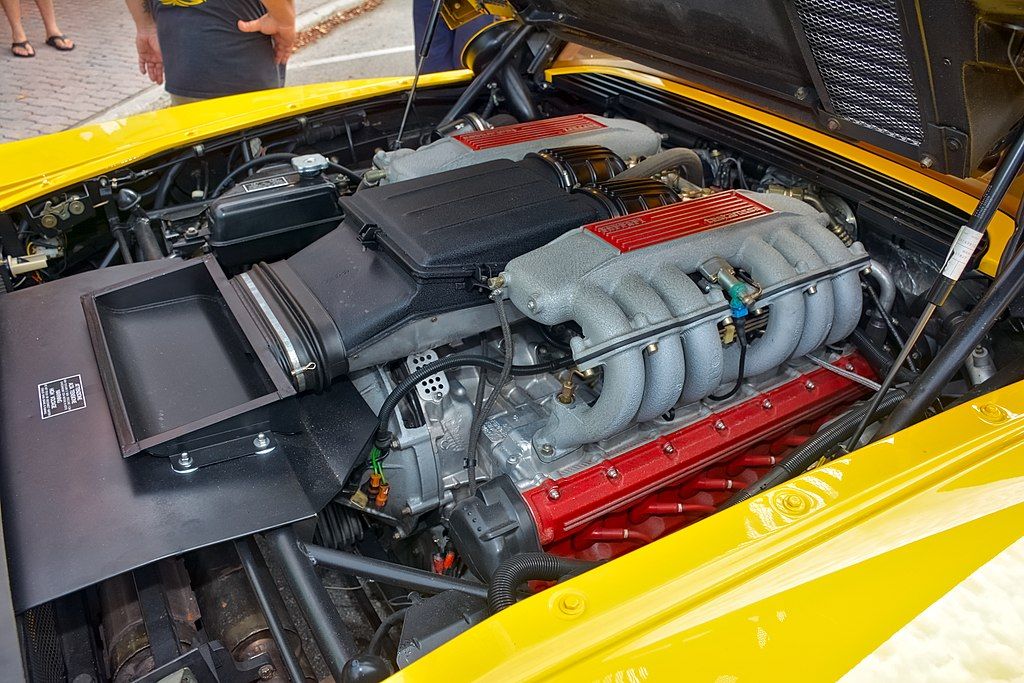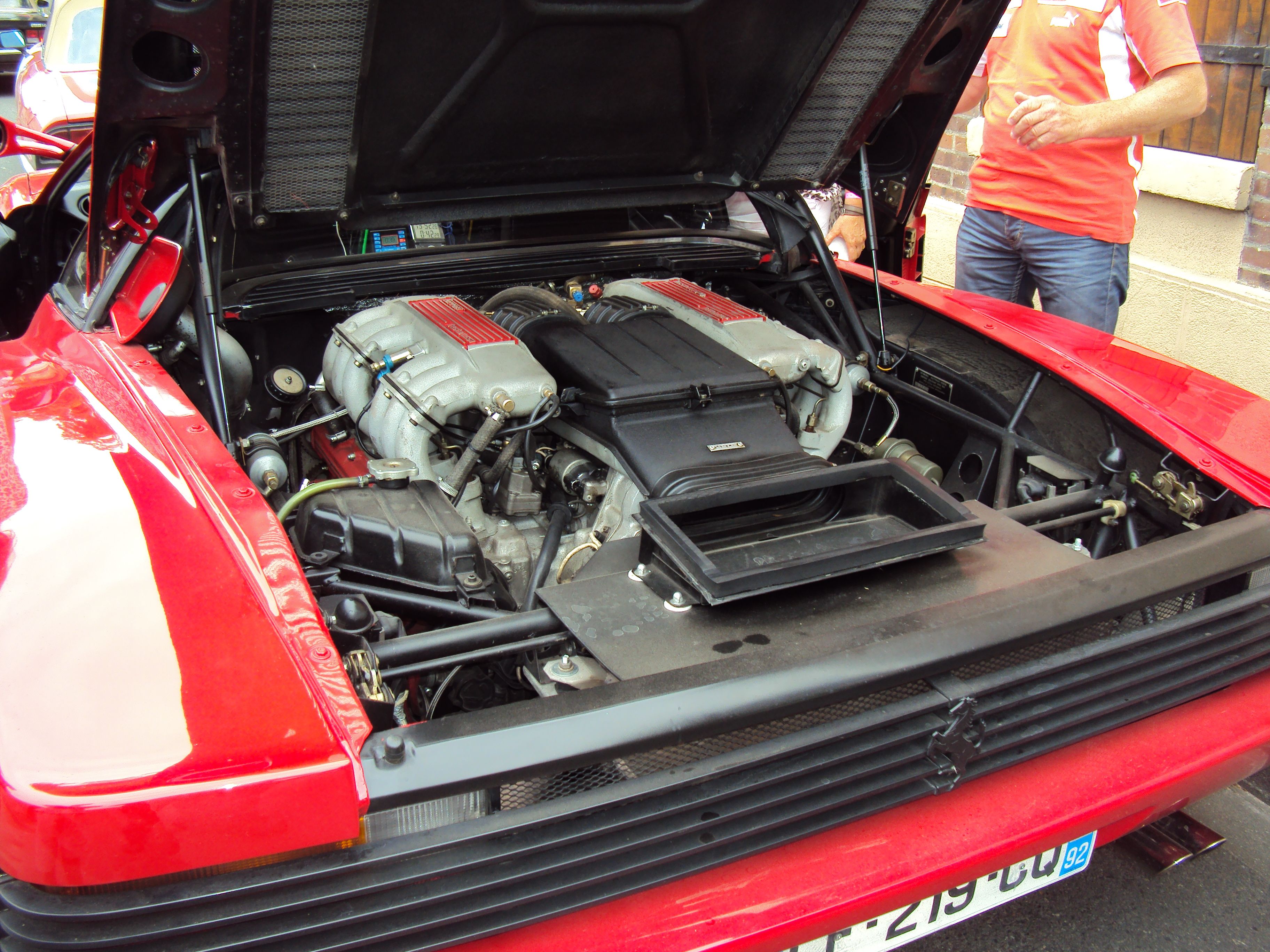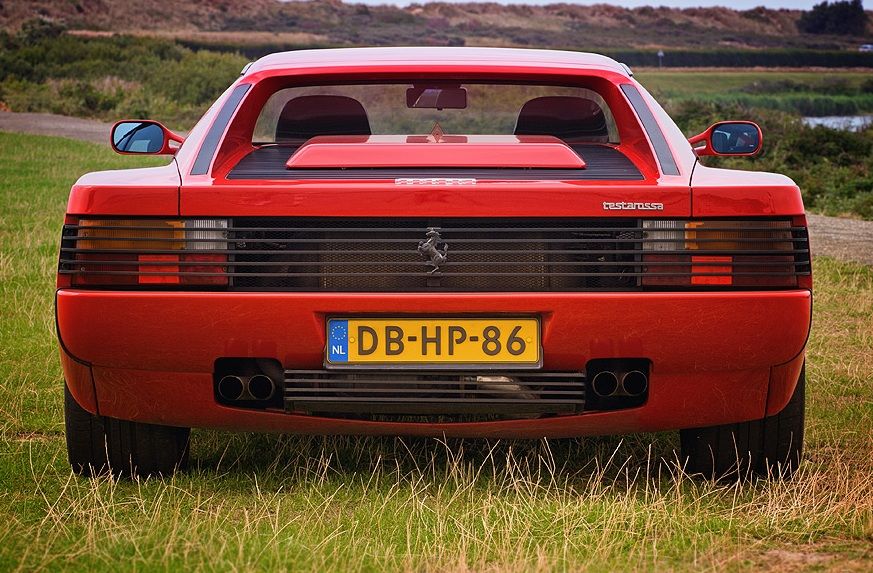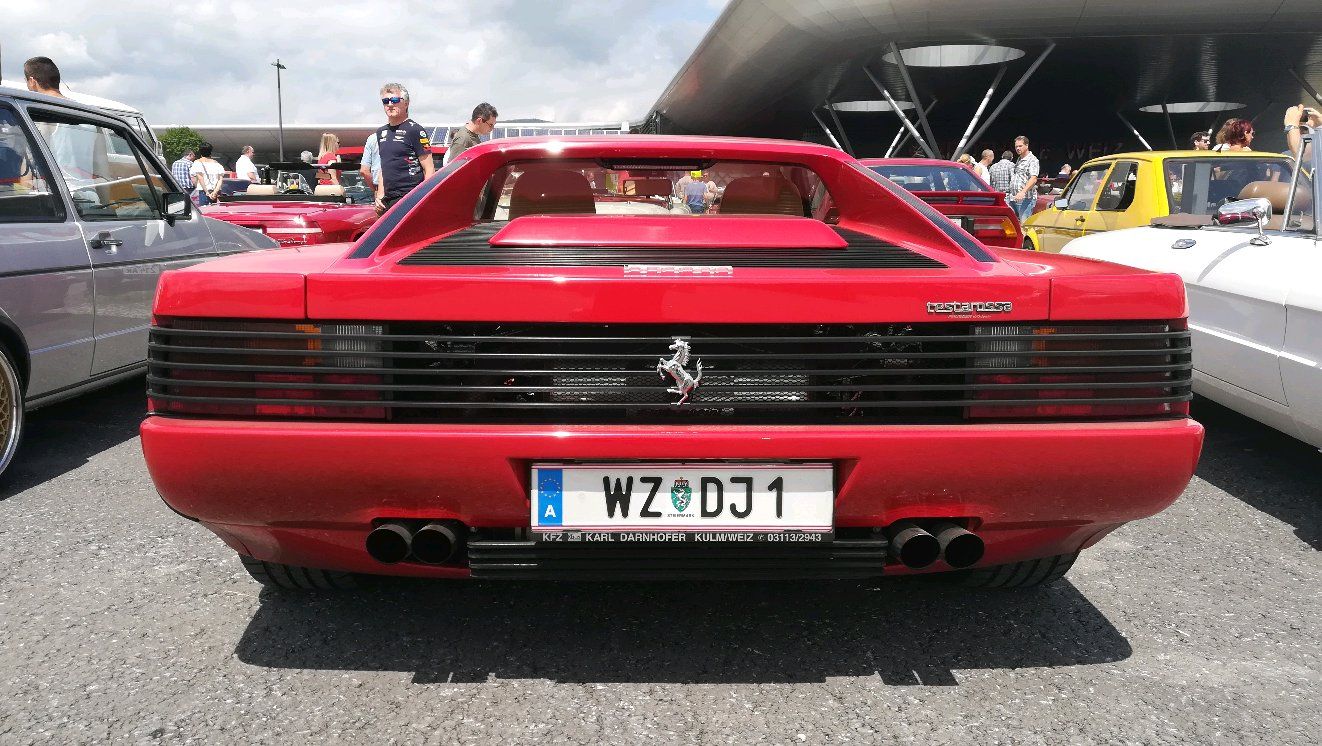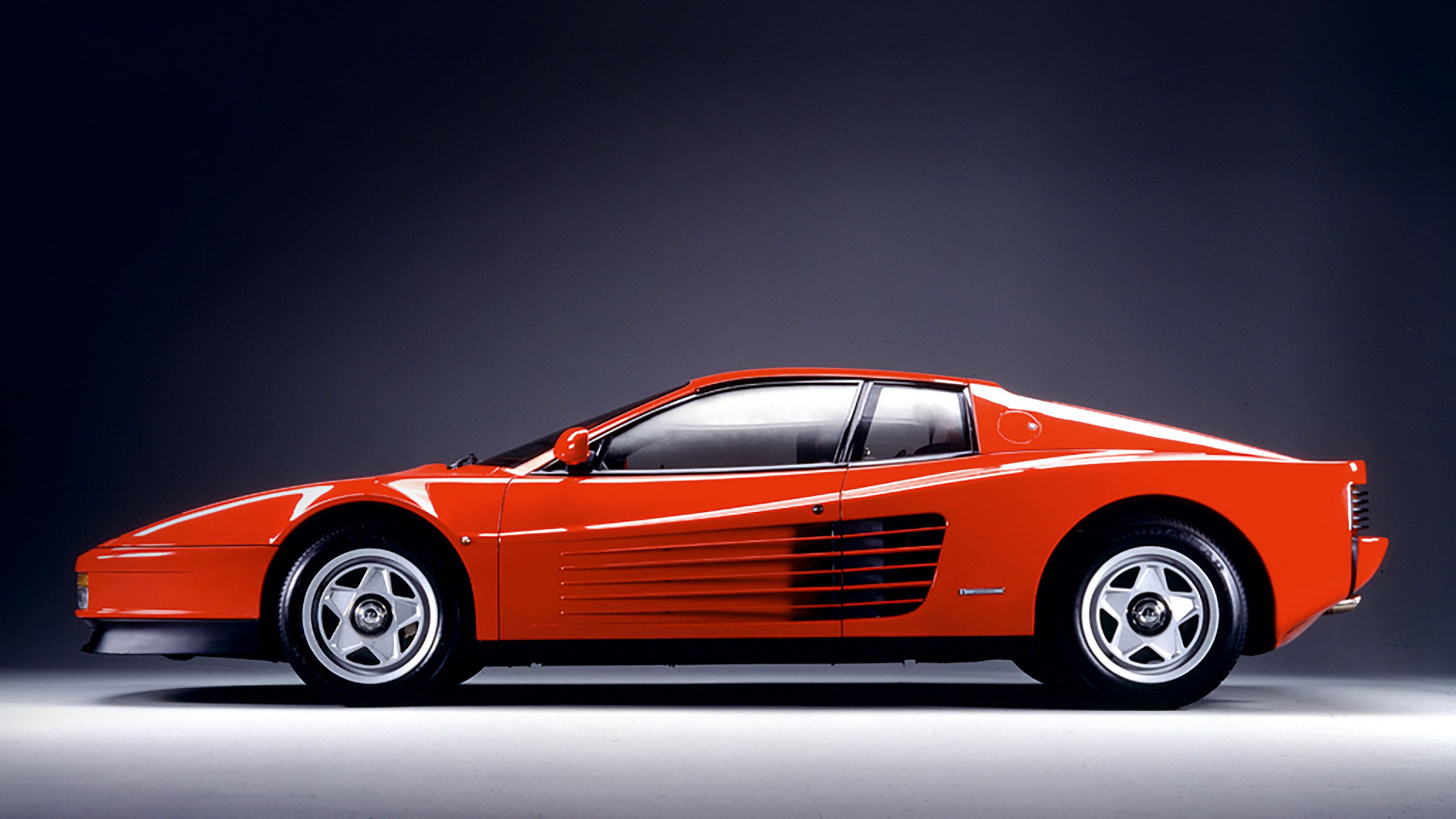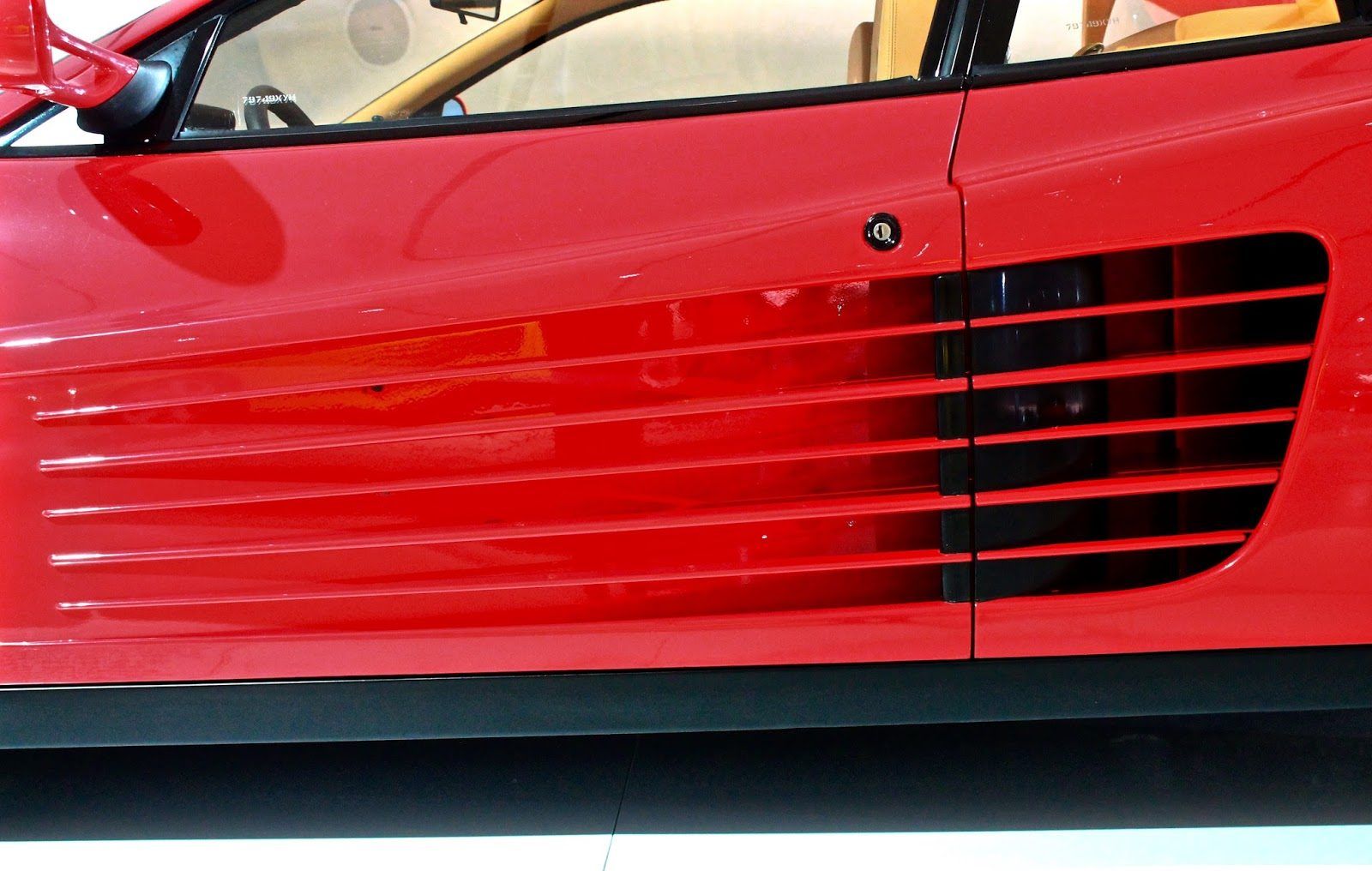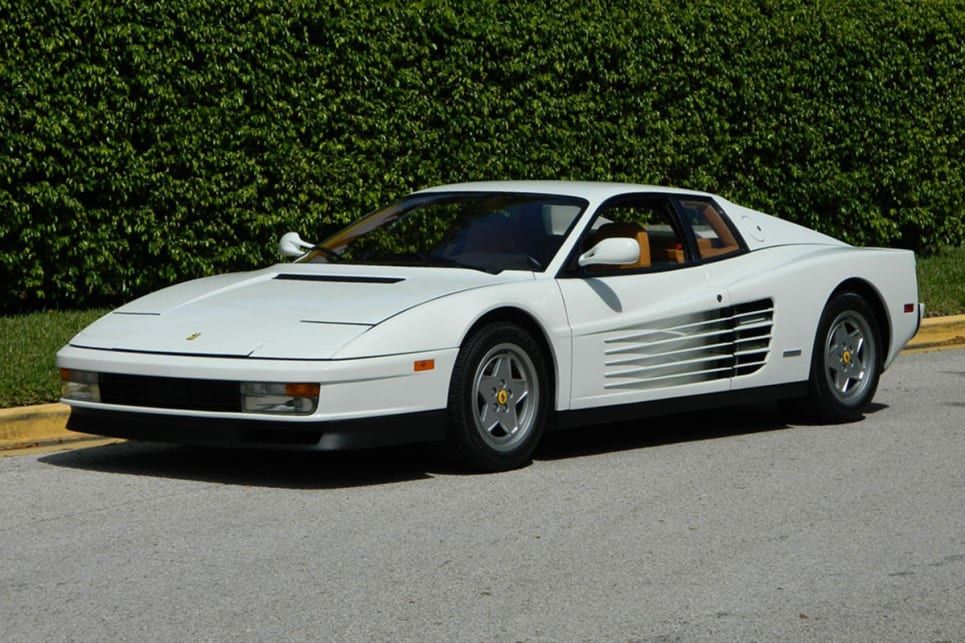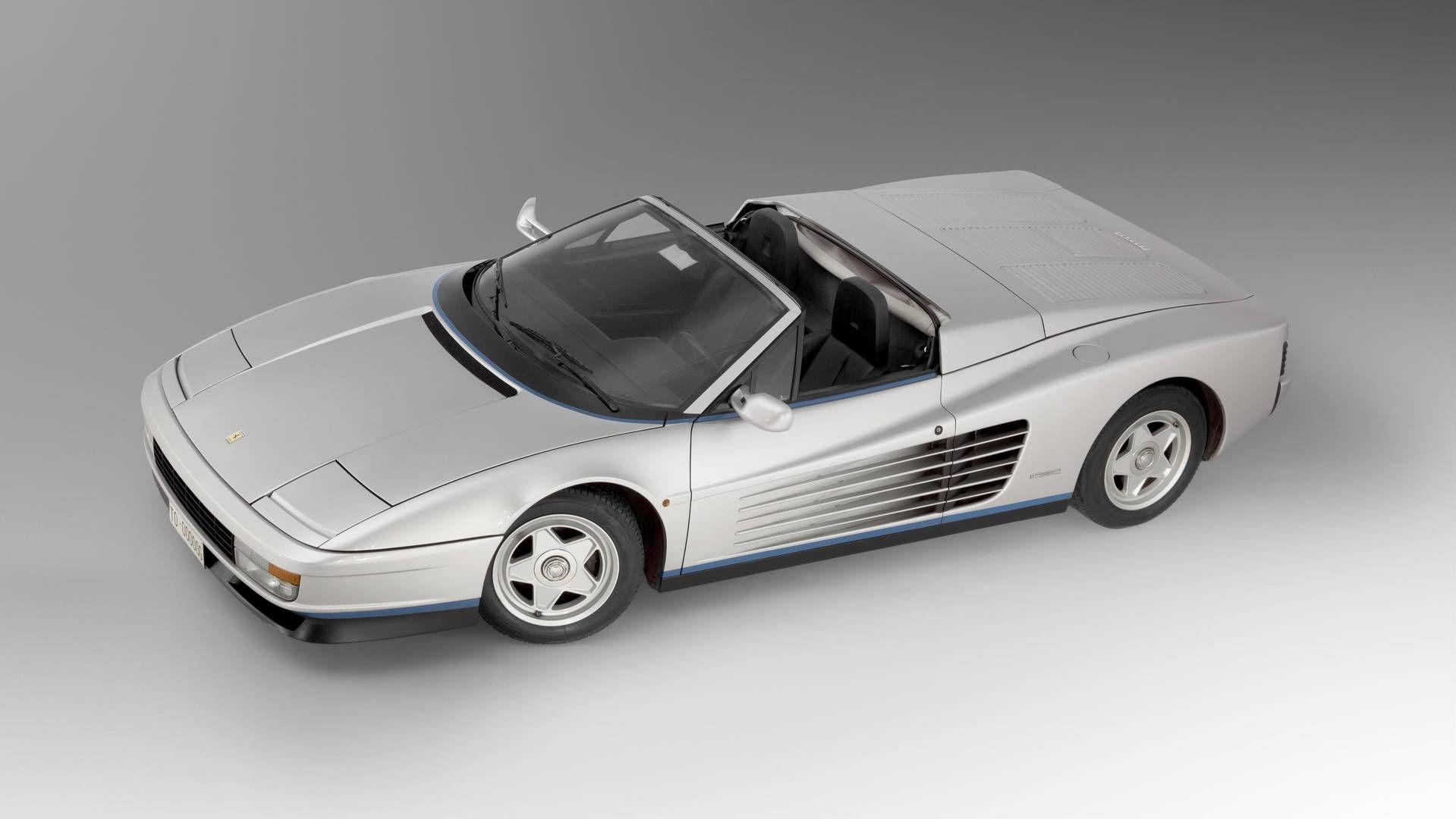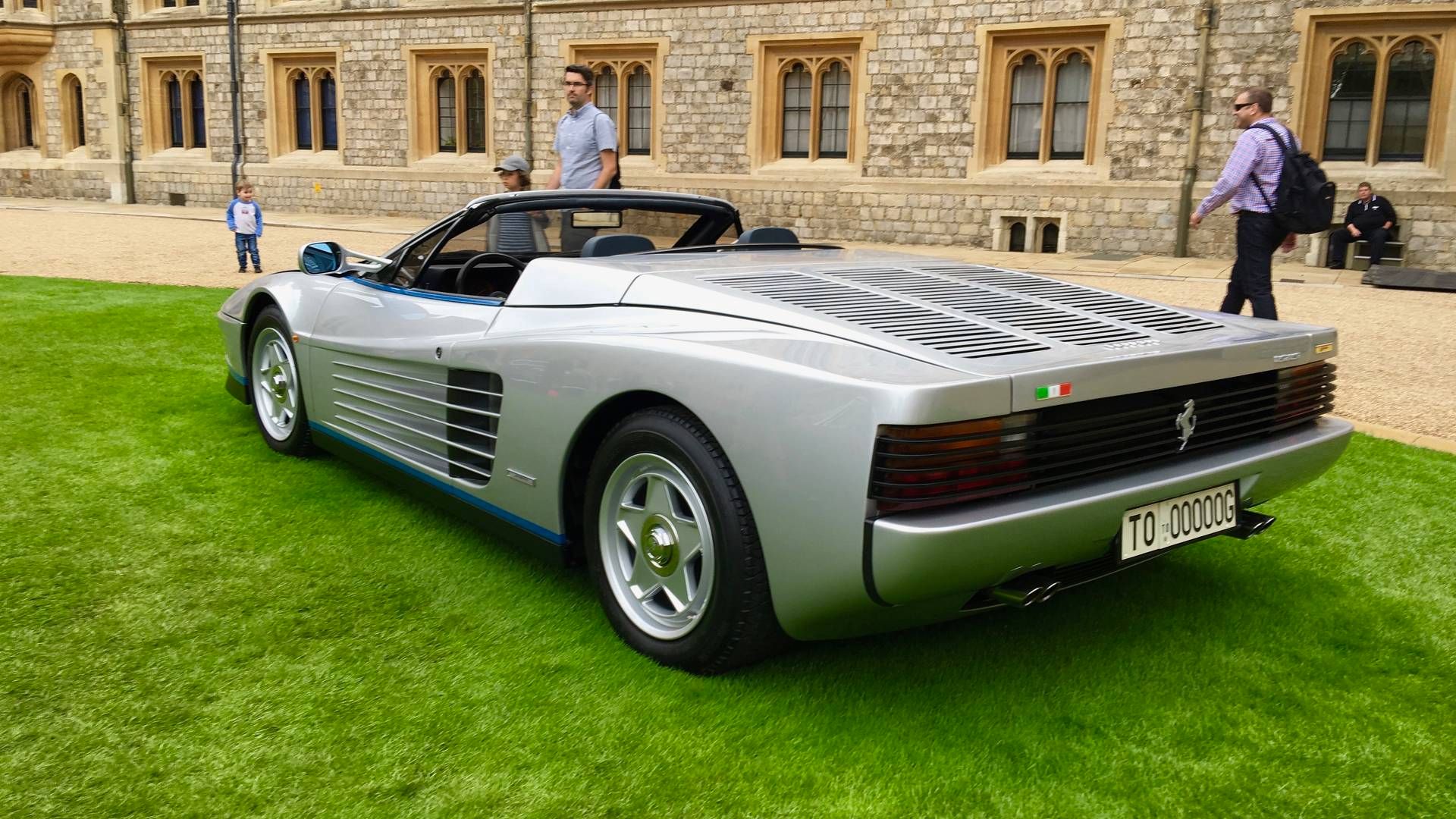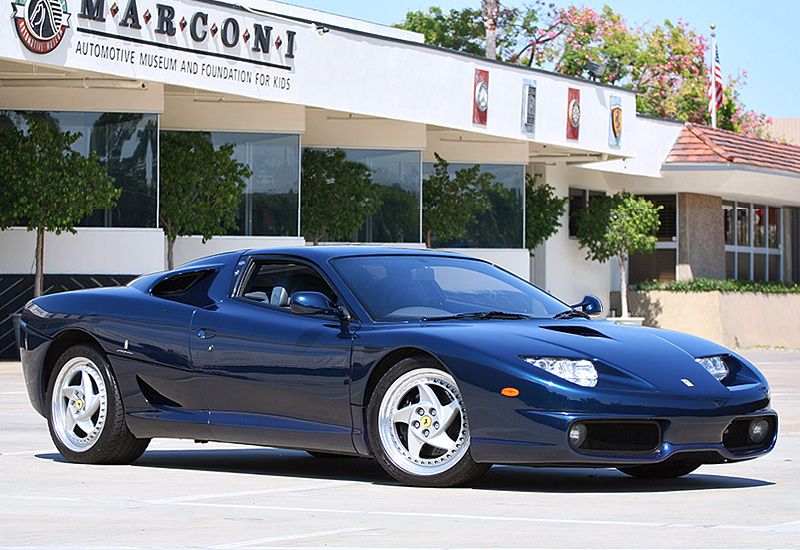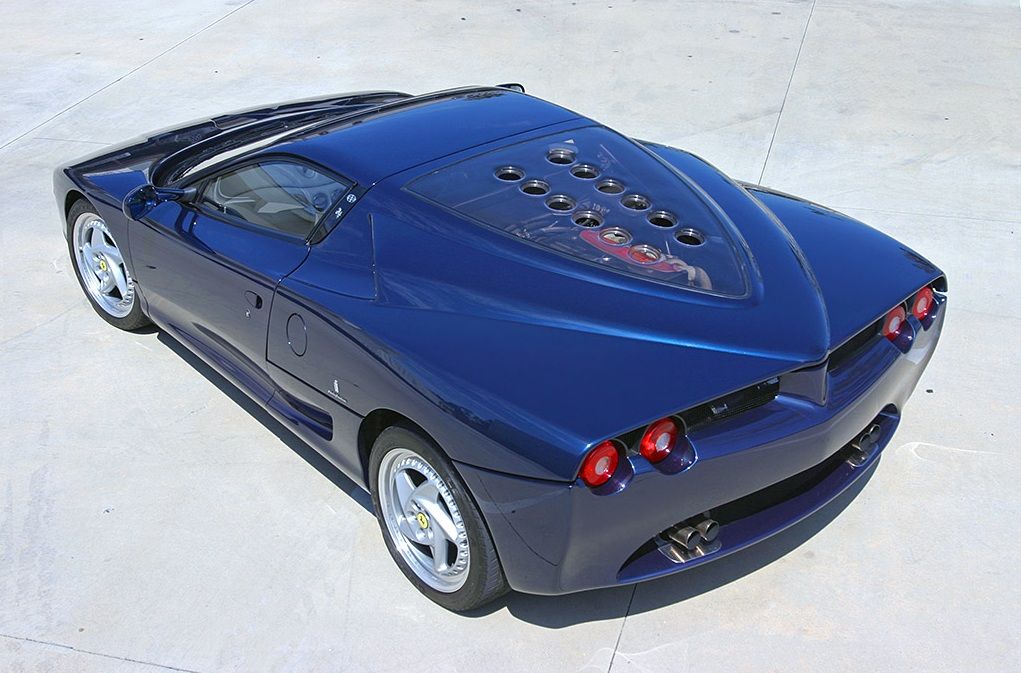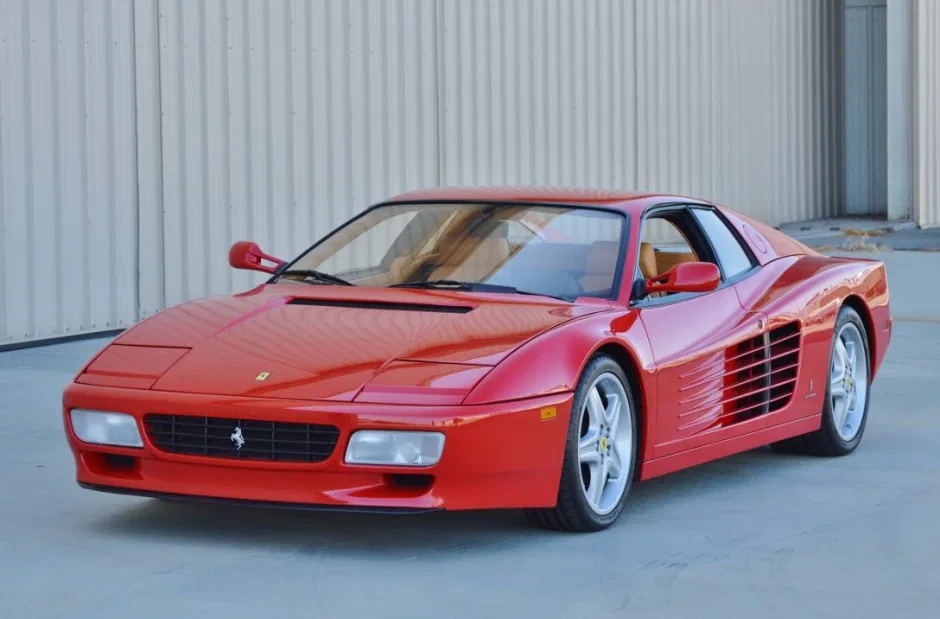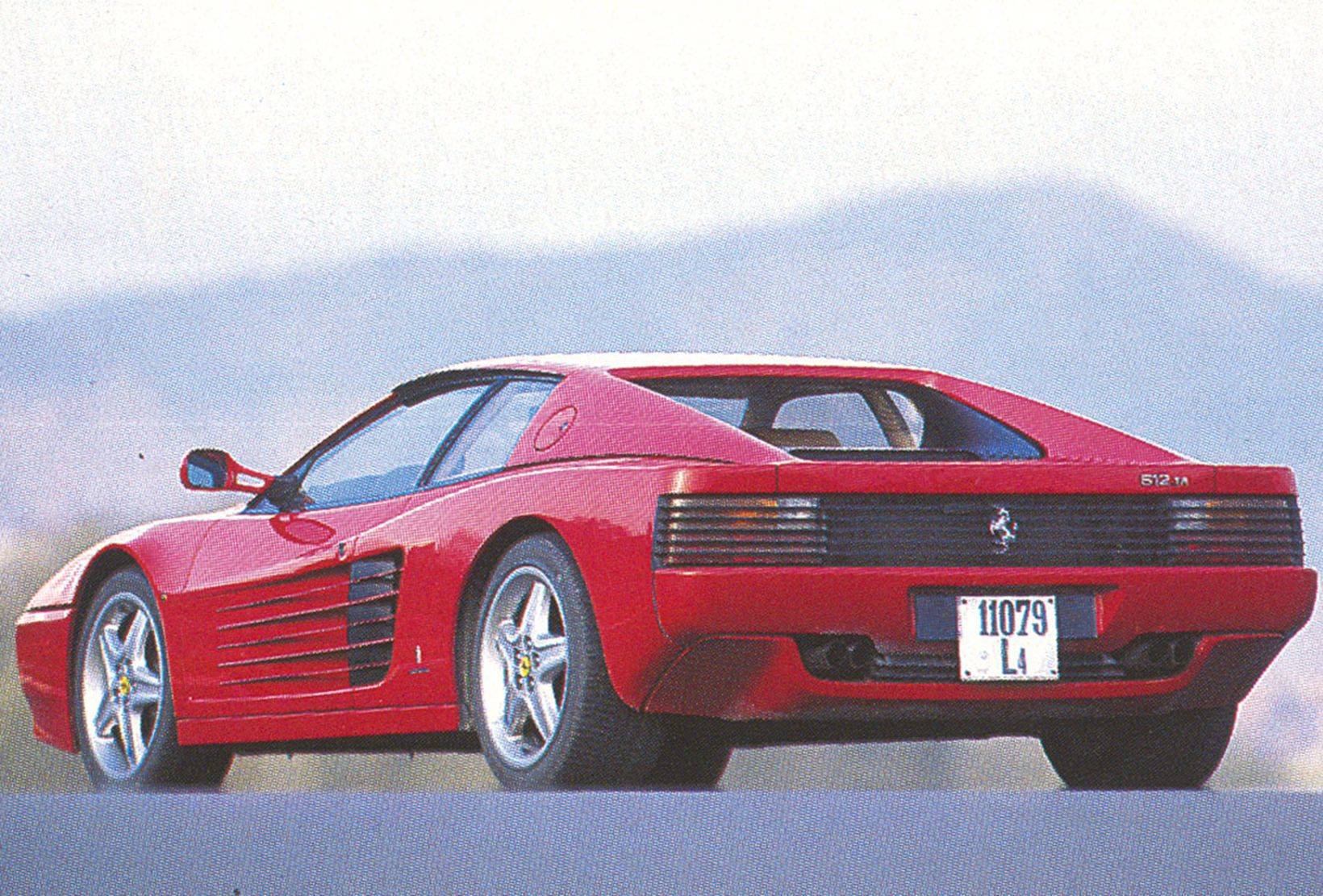The Testarossa is a well-loved but hugely underrated supercar produced by Ferrari. Built as a two-door coupé, the Italian luxury sports car was unveiled at the 1984 Paris Auto Show to a visibly impressed audience, and to affirm the car’s instant popularity, 37 orders were taken on the spot. Also, with about 10,000 units produced (including updated variants), the Testarossa remains one of the most massively-produced Ferrari models of all time.
Although there are some cheap sports cars that’ll outperform the Testarossa today, however, in its heydays, asides from having cult followership, the luxury sports car’s performance was good enough to fend off several rival models in a contest. Notably, many years have gone by since Ferrari ended the production of Testarossa and as such a lot of its details have been forgotten. Hence, we’ve collated this Ferrari Testarossa refresher for everyone’s sake.
10 The Name
Ferrari named Testarossa as an homage to the company’s iconic 250 Testa Rossa which was built for racing in 1957. Notably, the 250 Testa Rossa gained its iconic status for its numerous victories in prestigious racing events such as the World SportsCar Championship, 24 Hours of Le Mans, and 12 Hours of Sebring, among others.
Notably, Testa Rossa is Italian for “red head,” which describes the red-painted cam covers featured on the 12-cylinder engines powering both cars.
9 It’s Root
Before the Testarossa, Ferrari launched the Berlinetta Boxer (BB) in 1973. Different updated versions of the sports car were produced, culminating in the release of the BB 512i in 1981. However, this updated model was plagued with a few faults as well.
These include lack of storage space and a constantly hot cabin due to indoor pipes that run from the mid-mounted engine to the radiator located in front of the car. Consequently, Testarossa was conceived to address the faults on the BB 512i.
8 Designer
Pininfarina is an Italian firm notable for building coaches and designing cars as well. The company is constantly contracted to work on several design projects for many established automotive production brands such as the Peugeot, Fiat, GM, and of course Ferrari, to name a few.
Therefore, Testarossa was designed by a Pininfarina team which consists of Emanuele Nicosia, Guido Campoli, Ian Cameron, and Diego Ottina with design chief Leonardo Fioravanti as the leader of the team.
7 Power Plant
Testarossa is powered by a longitudinally-mounted, 180° Ferrari flat-12 engine fitted in the middle of the sports car. This naturally aspirated 4.9-liter engine has DOHC 4 valves on each cylinder, adopts a dry-sump lubrication system, and has a compression ratio of 9.20:1.
Maximum power output is rated at 385 horsepower (380 for U.S. versions) at 6,300 rpm and torque of 361 lb-ft of torque at 4,500 rpm. Notably, the car can accelerate from rest to 60 mph in 5.2 seconds.
6 Drag
A spoiler is mainly an aerodynamic device added to automobiles to counter the unfavorable passage of air around the vehicle’s body while in motion – a phenomenon widely known as drag. A front-located spoiler called an air dam is often used in synergy with the rear spoiler to keep cars stable in motion.
However, the Ferrari Testarossa wasn’t factory-fitted with a rear spoiler as its aerodynamic drag coefficient of Cd=0.36 without the rear spoiler is adequate for a stable cruise.
5 Cheese Graters
Testarossa addressed some of the design flaws inherent in the BB 512i one of which is the uncomfortably hot cabin. This problem was traced to the indoor piping that connects the rear-located engine to the radiator located at the front of the car.
To address this, two radiators were built near the engine on each side of the car thus eliminating the need for cabin-routed piping. However, the radiator intakes on the sides were covered with strakes also called “cheese graters” in conformation to design regulations.
4 Sales
The Testarossa is truly an iconic car that enjoyed a massive reception during its era. The sports car got startling reviews with several renowned automotive figures having great things to say about it. Notable Testarossa owners include O.J. Simpson, Michael Jordan, and Mike Tyson.
Officially, a total of 7,177 units of the Testarossa were built within its production reign that spanned from 1984 to 1991. However, this doesn’t include other special trims and upgraded versions such as the Ferrari Spider.
3 Spider
In 1986, in celebration of his 20th year as the chairman of Fiat, Italian industrialist and one time richest businessman in modern Italian history, Gianni Agnelli commissioned a one-off build of the Testarossa for his personal use. Called the Spider, this is a convertible version of the Testarossa, and it was finished in a silver theme.
Also, the Spider shares mechanical features with the European version of the Testarossa. However, despite enthusiasts' huge interest in the Spider, Ferrari refused to mass-produce it due to hard-to-resolve spatial and structural challenges.
2 Testarossa-Based Projects
Ferrari built several special cars with mechanical and structural underpinnings of the Testarossa. One of these is the Ferrari FX, a custom-made sports car built by Pininfarina for the 29th Sultan of Brunei.
The FX is powered by the same flat-twelve engine in the Testarossa which is then mated to a 7-speed sequential manual transmission adopted from the Williams Formula One team. Also, the Ferrari Mythos and F90 were Testarossa-based projects.
1 Successor
Ferrari ended the production of the Testarossa in 1991 replacing it with an updated version called the 512 TR. The updated sports car is also powered by a 4.9-liter rear-mounted flat-12 engine but has an improved power output of 422 horsepower and torque of 362 lb-ft.
Furthermore, the 512 TR is fitted with an upgraded interior with relocated climate controls and a center console that’s split from the dashboard. Production ended in 1994 with 2,261 units produced.

